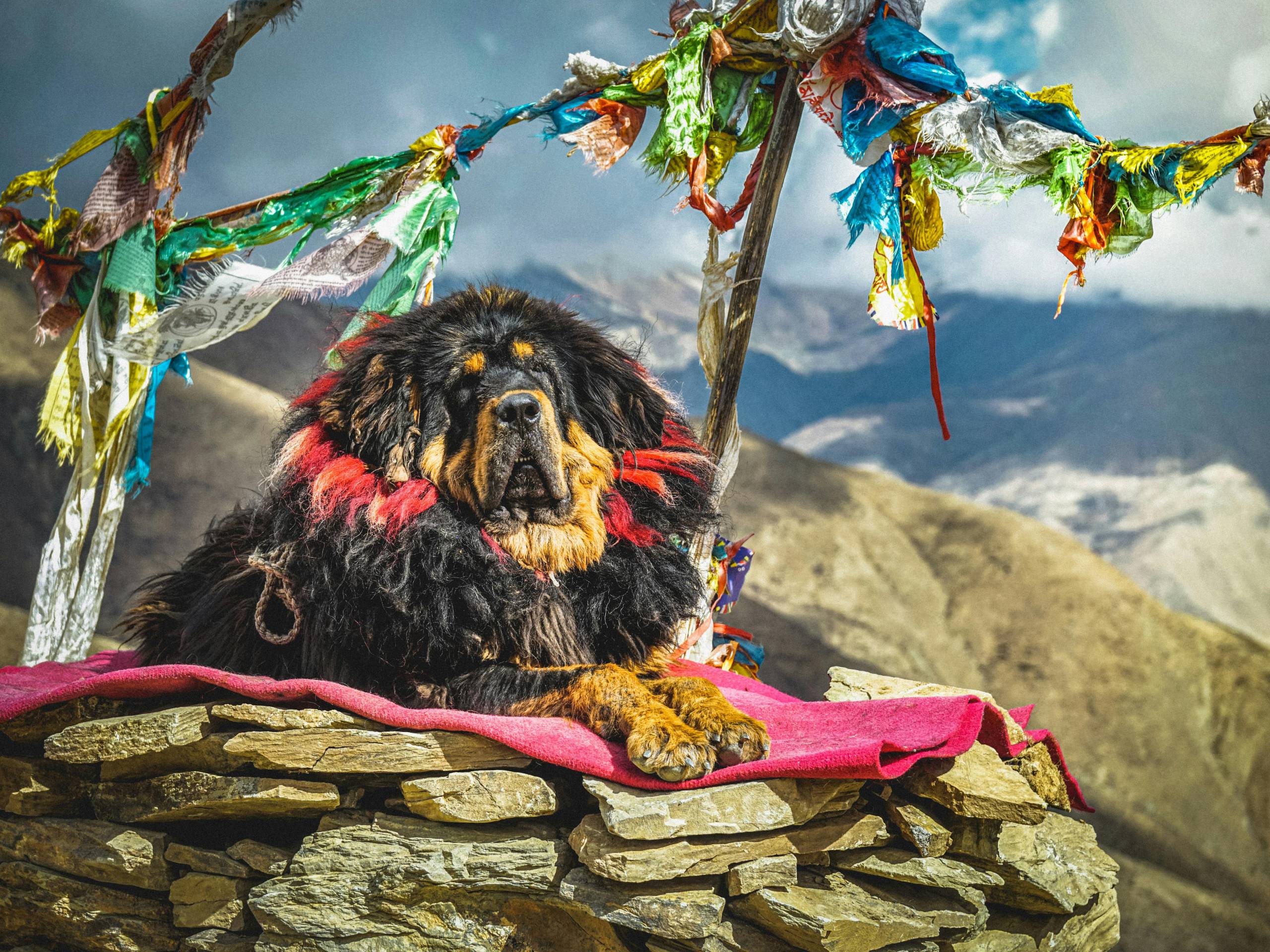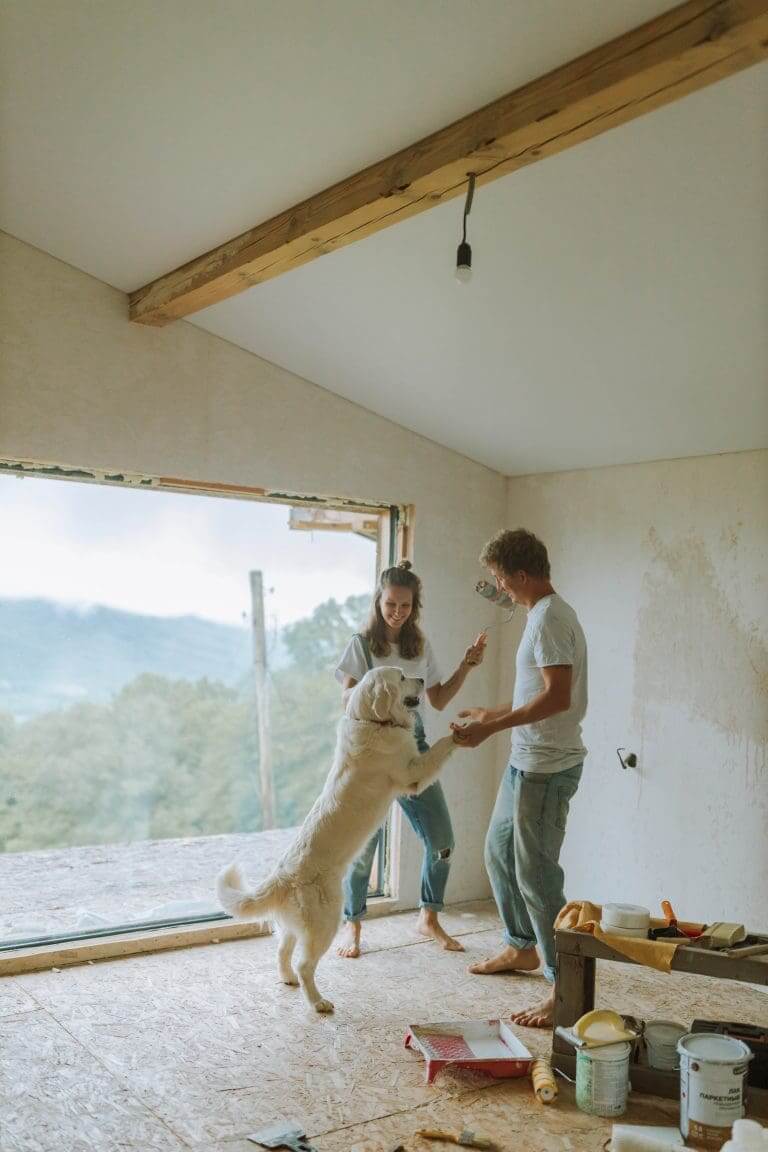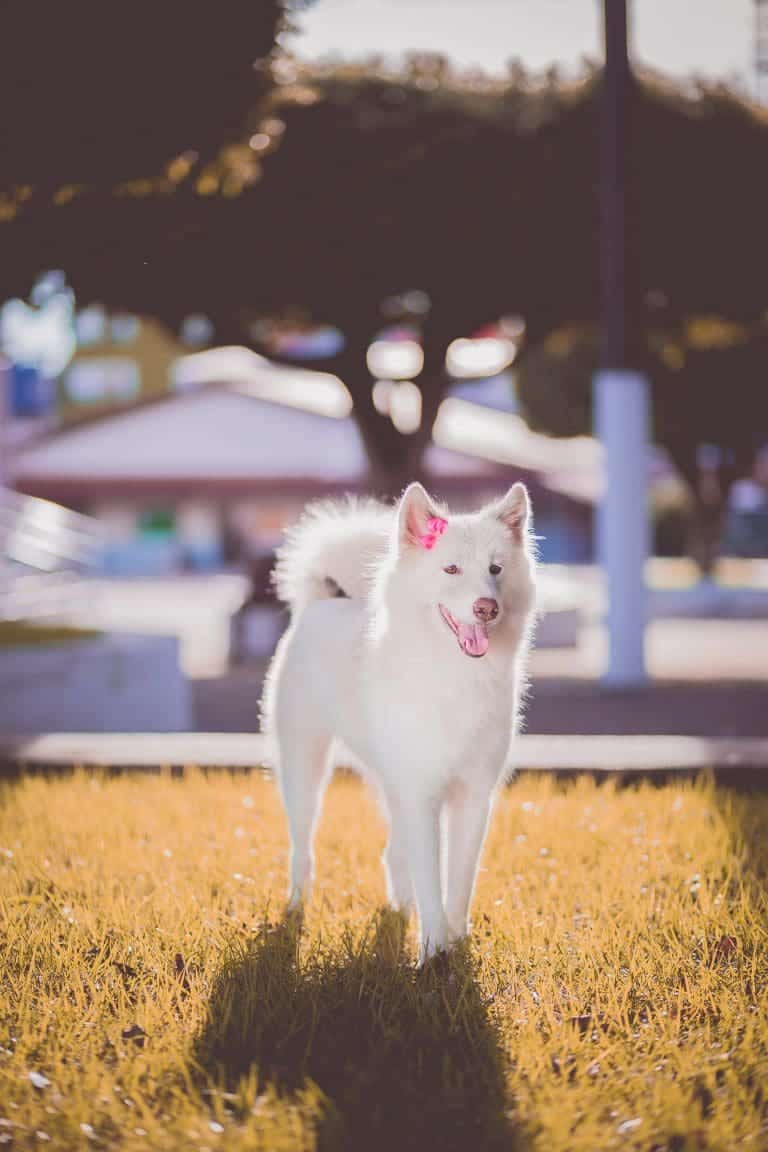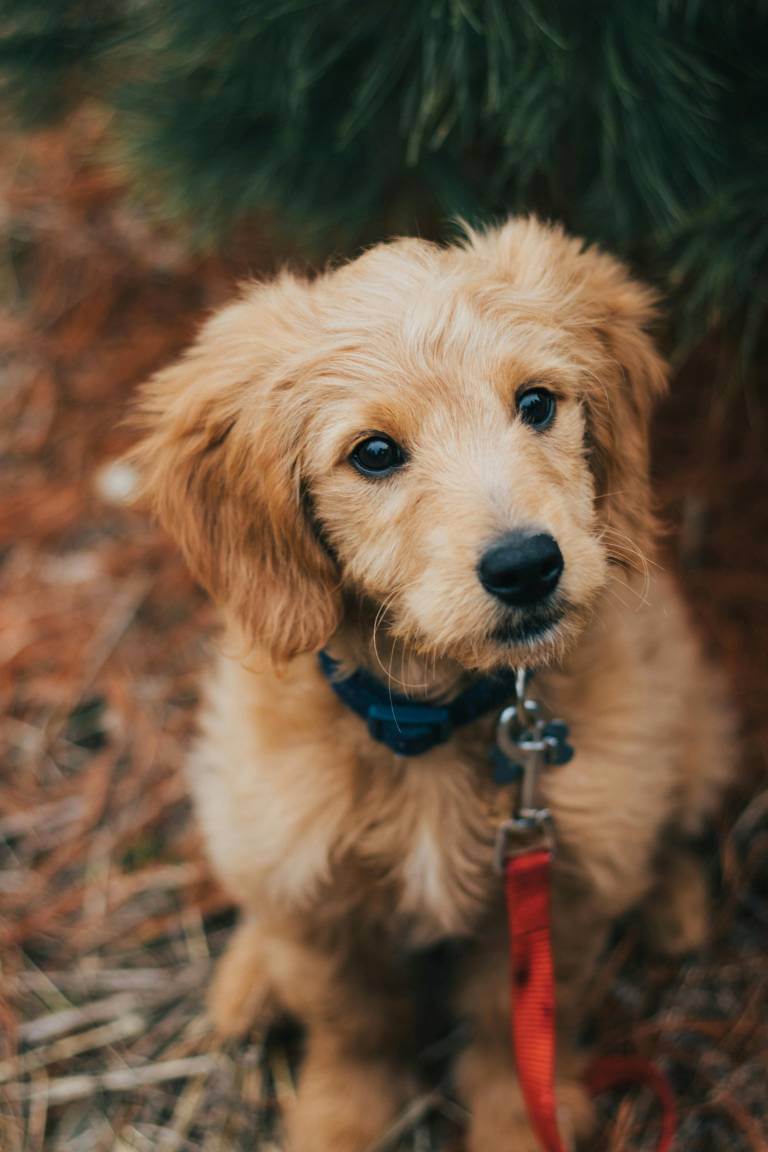What Kind Of Dog Is Benji?
Post Date:
December 10, 2024
(Date Last Modified: November 13, 2025)
Benji is a fictional canine character known from family films and television who is portrayed as resourceful and affectionate.
Benji: character and franchise
Benji first appeared on film in 1974, credited with launching a recognizable family-film dog persona for mainstream audiences[1].
The character has been presented across feature films, television specials, and later remakes, with producers emphasizing an accessible, mixed-breed look rather than strict adherence to a single kennel standard.
Fans and researchers repeatedly ask what breed Benji is because breed labels affect how viewers interpret temperament, training expectations, and historic casting decisions for animal actors.
The real dogs behind Benji
A credited canine actor widely associated with the original Benji was a dog named Higgins, who worked with trainers and a production team to create the on-screen persona. Animal casting often used multiple dogs to perform different behaviors, and trainers relied on consistent grooming and handling to preserve a unified appearance across scenes.
Production practices commonly include using a primary animal for closeups, stand-ins for stunts, and doubles for long or complex sequences, with trainers rotating animals to protect welfare and ensure performance reliability.
Physical traits commonly associated with Benji
Viewers typically describe Benji-like dogs as small to medium in size with a shaggy, medium-length coat, rounded face, dark expressive eyes, and ears that are set at a moderate height and may fold forward.
Typical Benji-like weight is about 20–30 lb (9–14 kg)[2], and typical shoulder height often falls in the range of 12–16 in (30–40 cm)[2].
| Trait | Typical Range | Notes |
|---|---|---|
| Weight | 20–30 lb (9–14 kg) | Small–medium frame, variable by mix |
| Height (shoulder) | 12–16 in (30–40 cm) | Proportionate, compact build |
| Coat | Medium length, shaggy | Requires moderate grooming |
| Facial features | Round eyes, short muzzle | Often appears “kitten-faced” on camera |
The size and coat ranges above are consistent with small- to medium-breed phenotypes and are commonly used by breed guides to visually match mixed-breed dogs to likely ancestral types[2].
Likely breed ancestry and visual breed matches
Phenotypic candidates commonly suggested for Benji-like dogs include spaniel-type breeds, small terriers, and various mixed-breed local companions whose traits converge on a compact, shaggy appearance.
Visual matching often highlights similarities to family-oriented spaniels for the soft coat texture and to some terrier lines for facial proportions, but a purely visual match cannot confirm specific parentage.
Because Benji was presented as a mixed, accessible companion, a mixed-breed origin is more plausible than a single purebred identity; production needs and a friendly, adaptable temperament favor crossbred companion types.
DNA testing and expert opinions
Commercial canine DNA tests compare a dog’s markers against reference populations and can provide estimates of predominant ancestry, but their accuracy depends on the size and diversity of the database and the genetic distinctiveness of the breeds in question.
Published evaluations of commercial tests indicate that identification of a primary ancestral breed is often correct in broad strokes, but precise breed composition estimates can vary between providers and study conditions; accuracy for the primary breed assignment in mixed dogs has been reported in ranges used by researchers and comparative studies[5].
Veterinarians and breed experts caution that genetic signals degrade over generations: a dog that visually resembles a spaniel-mix may carry small, hard-to-detect contributions from multiple other ancestors.
Behavior and temperament clues
On-screen Benji behaviors—curiosity, social friendliness, and problem-solving—are consistent with companion-oriented breeds that score high on trainability and sociability scales.
When estimating the needs of a Benji-like dog, trainers and behaviorists commonly recommend short, frequent training sessions; for example, structured sessions of about 10–15 minutes multiple times per day are effective for sustained focus in many small and medium companion breeds[4].
Temperament cues can suggest ancestral tendencies but are shaped heavily by early socialization, reinforcement history, and individual personality, so behavioral inference from film performances has limits.
Film-making effects versus real-life dog traits
Cinematic techniques—staging, selective editing, and voice-over—create an anthropomorphized Benji who appears to choose and solve problems intentionally; these choices are production devices rather than pure demonstrations of innate breed behavior.
Costuming, grooming, and camera angles are used to enhance a consistent, appealing look; closeups and soft lighting can make a mixed-breed actor appear more homogeneous across scenes than it is in reality.
Distinguishing acting choices from innate traits requires consulting production notes, trainer statements, and when available, genetic or pedigree records for the specific animal actors involved.
Common misconceptions and myths about Benji’s breed
A frequent myth asserts that Benji is a single purebred; archival casting and breed commentary indicate the character was presented as a mixed-breed companion rather than a named breed standard.
Photographic evidence can mislead because perspective, grooming, and photographic retouching alter perceived proportions; relying on single images for breed ID often produces inaccurate conclusions.
Celebrity status and nostalgic attachment amplify speculation, and repeated assertions on fan forums can fossilize into widely believed but unsupported claims.
How to identify a Benji-like dog today
- Look for compact proportions: roughly 20–30 lb (9–14 kg) and 12–16 in (30–40 cm) shoulder height as a visual starting point.
- Check coat texture: medium-length, slightly shaggy, with feathering on legs and a fuller facial ruff.
- Observe facial proportions: rounded muzzle, large dark eyes, and forward-folding ears.
- Ask for health and behavior history from shelters or breeders, and inspect for trait consistency across multiple photos and in-person observation.
- Use a DNA test when exact ancestry matters; compare reports from multiple providers and consult a veterinarian for interpretation.
Ownership considerations for Benji-like dogs
Exercise expectations for small- to medium-sized companion mixes often fall around 20–30 minutes of moderate activity per day, supplemented by play and short training sessions, though individual needs can vary widely[4].
Grooming maintenance for a medium-length, shaggy coat often includes brushing several times per week and professional trimming or tidying approximately every 6–8 weeks to prevent matting and maintain a camera-ready look[4].
From a clinical standpoint, a general guideline for daily water intake is about 50 mL/kg/day, which owners can use to check adequate hydration for a small- to medium-sized dog; always confirm feeding and fluid plans with a veterinarian for individual needs[3].
Training tips consistent with the films’ portrayals emphasize positive reinforcement, short focused sessions, and socialization—techniques that support the friendly, adaptable behaviors Benji displays on-screen.
The real dogs behind Benji (continued)
Animal trainers who worked on family films in the 1970s and later typically maintained records for each canine actor that listed temperamental notes, preferred reinforcers, and medical history; these operational records make it possible for researchers to trace which individual animals performed which stunts or closeups when the production archive survives[1].
Because productions rotate animals to reduce fatigue, the practical cast for a single canine role often includes a primary performer plus additional stand-ins; industry commentary and casting credits commonly list at least two named dogs associated with a recurring character, though the exact number varies by production logistics[1].
Physical traits commonly associated with Benji (additional notes)
Camera setups used for family features favor focal lengths and distances that reduce perspective distortion for faces, and producers frequently choose a lens and distance combination that renders a dog’s head-to-body proportion appearing slightly larger on-screen, which can make the animal look more juvenile than in person; quantitative lens choices are a production decision rather than a breed trait and are documented in cinematography notes when available[1].
Likely breed ancestry and visual breed matches (additional analysis)
When breed-matching by phenotype, experts often score candidate matches across 5–10 visible traits (size, muzzle length, ear set, coat texture, tail carriage), and then rank probable ancestral types; this multi-trait scoring reduces the chance of over-weighting any single cue such as ear shape[2].
Breed registries emphasize that small companion crosses frequently show trait overlap with multiple small purebreds, which is why visual-only assignments commonly return a short list of 2–4 plausible ancestral breeds rather than a single definitive match[2].
DNA testing and expert opinions (expanded)
Comparative evaluations of consumer DNA tests show that agreement on the primary breed label can range from moderate to high depending on the algorithm and reference database used; one synthesis of comparative studies reports inter-laboratory concordance rates that vary across datasets, with some comparisons showing greater than 80% agreement on predominant ancestry calls and others showing markedly lower agreement for complex, older mixes[5].
Laboratory methods typically genotype thousands of single-nucleotide polymorphisms (SNPs) and then compare the pattern to reference populations; the size of the reference panel and representation of regional or less-common breeds directly affect the precision of reported percentages for minor ancestry components[5].
Veterinary geneticists caution that a single test result should be interpreted probabilistically: a reported 60% match to a given breed indicates that the tested markers best align with that breed’s reference profile, not that 60% of the dog’s pedigree is necessarily from that breed in recent generations[5].
Behavior and temperament clues (expanded)
Behavioral assessment protocols used by trainers often score traits such as sociability, fearfulness, and trainability on 1–5 scales during standardized tests; these scores can help compare an individual animal’s tendencies to breed-type expectations but cannot replace genetic data for ancestry determination[4].
Professional trainers also measure responsiveness to reinforcement by timing task acquisition; a common benchmark is that companion breeds often learn a simple sit or recall cue within 5–15 repetitions when training is delivered with effective reinforcers, but results depend heavily on prior experience and session structure[4].
Film-making effects versus real-life dog traits (expanded)
Editing can compress minutes or hours of filmed behavior into a few seconds that imply problem-solving continuity; a sequence that reads as continuous may be compiled from multiple takes performed by different dogs wearing similar grooming and harnessing, which is a standard practice noted in production logs and trainer interviews[1].
Makeup and grooming protocols for animal actors include regular trimming schedules—often every 6–8 weeks for medium-length coats—to maintain a consistent on-camera silhouette, a frequency that aligns with veterinary grooming guidance for similar coat types and influences perceived breed cues[4].
Common misconceptions and myths about Benji’s breed (expanded)
Misidentification often stems from relying on a single frame or publicity photo; breed identification guides recommend at least three independent images (front, side, and facial closeup) to reduce error, and breed specialists will typically decline to assign a single-breed label from only one view[2].
How to identify a Benji-like dog today (expanded)
When using DNA testing, veterinarians recommend selecting providers that report confidence intervals or statistical metrics for ancestry estimates and, when possible, reviewing raw breed-percentage tables with a qualified clinician; comparative studies show that combining visual assessment with DNA results yields the most reliable practical identification for mixed dogs[5].
Ownership considerations for Benji-like dogs (expanded)
From a preventive health standpoint, clinicians advise routine wellness checks at least once per year for adult dogs and every 6 months for senior dogs, with vaccinations and parasite prevention schedules individualized by risk and geography; these standard intervals are consistent with Merck and veterinary hospital guidance[3].
For medical dosing and emergency planning, owners should have weight estimates in kilograms because many clinical formulas use mL/kg units; for example, calculating daily maintenance fluids uses mL/kg/day conventions and a veterinarian will tailor that to the dog’s condition and size[3].






